
Most people know juvenile diabetes by the name of type 1 diabetes. A person who suffers from juvenile diabetes has a disordered metabolism and a high blood glucose levels mainly because of deficiency of insulin secretion in the pancreas.
Description of juvenile diabetes
When people consume food, it is broken into glucose which passes into the bloodstream and into the body’s cells thanks to insulin. This hormone is produced by the pancreas. In case of a healthy person, the pancreas produces the right amount of insulin but in case of people who suffer from diabetes the pancreas produces little or no insulin. When that happens, sugar builds up in the blood and overflows into the urine and then leaves the body unused. There are a lot of health complications that are associated with diabetes and some of the organs that are included are the heart, eyes, kidneys and nerves in most cases. Types of diabetes
Most people know that there are two main types of diabetes and these are type 1 and type 2. Type 1 occurs due to the autoimmune destruction of the B cells of the pancreas. These cells are responsible for the secretion of insulin. A person with type 1 diabetes needs to receive insulin injection in order to stay alive. On the other hand, type 2 is a more common type of diabetes and there are a lot of people who suffer from it. In this case, a person suffers from insulin resistance which occurs mainly due to obesity.
Complications of diabetes
First of all, people need to know that it is very important to treat diabetes when it occurs. If it is left untreated, there are various complications that may happen to a person. For instance, there is the increased risk of heart attack, stroke, diabetic retinopathy, possible blindness, foot ulcers, impotence, digestive problems and kidney failure.
Causes and risk factors of juvenile diabetes
According to the studies, over 17 million people in the United States suffer from diabetes and some 1.4 of these people suffer from juvenile diabetes. Juvenile diabetes is most common in Scandinavia. The experts are still unsure about the real cause of juvenile diabetes. People need to know that juvenile diabetes is not caused by obesity or by consuming too much sugar. It is not uncommon for the diabetes to run in the family.
Symptoms of juvenile diabetes
There are lots of signs of juvenile diabetes but some occur more often than others. People should also know that they occur suddenly. Some of the most common are frequent urination, increased thirst, extreme hunger, unexplained weight loss, weakness, fatigue, blurred vision and drowsiness.


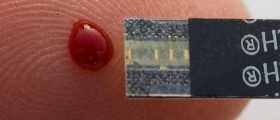
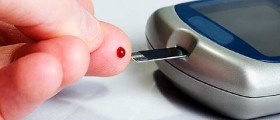


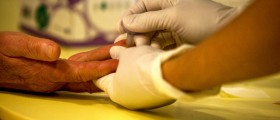




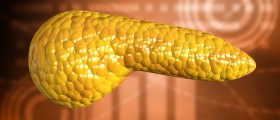
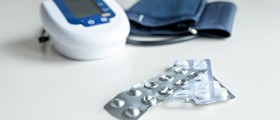

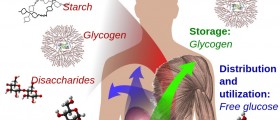
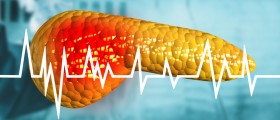

Your thoughts on this
Loading...